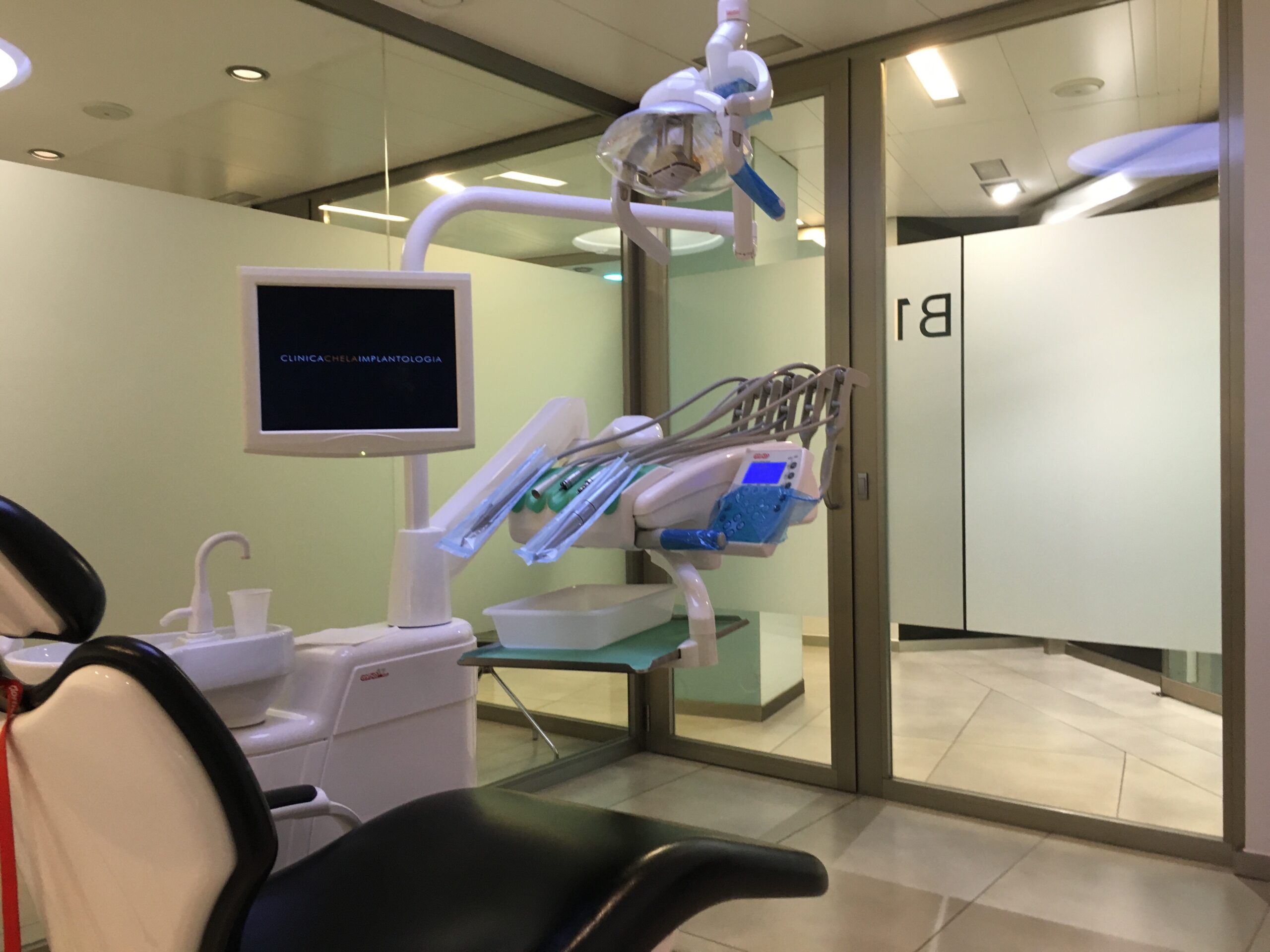
July 31, 2018
5 Ways to Ensure a Successful Dental Practice Transition

There’s more to a successful dental practice transition than signing on the dotted line. It is a benefit to both the buyer and the seller that the process is smooth to maintain a reputation while keeping patients and staff happy. Here’s how.
Determine transition type
The first step is for the seller to figure out whether they want to have an outright sale of their practice or bring on an associate to transition the practice over a period of time. This will depend on whether you plan to retire or stay after the sale of the practice.
Assemble your dream team
Avoid a direct negotiation and instead work through a broker to remove any emotions from the situation by providing a buffer between the two parties, ensuring the buyer-seller relationship doesn’t become strained during the process. Also consider hiring an attorney who specializes in dental practices, a CPA, investment and insurance advisors, and practice consultant to identify your current assets and perform a gap analysis before the sale goes through.
Read between the lines
A good broker will know the ins and outs of the entire transaction, making sure all the agreements are in place and identifying ahead of time any issues that may arise, such as how long the transition should last, how the referrals work, what hard assets should be included in the sale and whether the seller should stay on to practice.
Keep up the value
The buyer is purchasing an established practice rather than starting from the ground up for a reason, so it’s important the value is kept up during the transition. Continuing to work as a full-time dentist will ensure maximize the value of the practice and optimize exit options to increase cash flow and grow the practice, which a broker will help you manage by growing the patient base, optimizing treatment plan acceptance and improving overall patient experience.
Notifying patients and staff
Arguably the most important step is waiting to notify your patients and staff of the sale until after the asset purchase agreement is signed and the transaction goes through. Understandably, staff can get nervous and might try to look for another job just as patients might look for another dentist. Proper protocol recommends sending a letter to patients introducing and endorsing the new dentist, perhaps even hosting an open house to meet and greet loyal patients and staff. For staff, it might be a matter of making sure confidentiality is in place and signing a nondisclosure agreement (NDA) to ensure they don’t set up a practice next door and try to take patients.
What’s next?
Read up on the questions you should be asking your buyer to ensure a successful transition, then contact the experts at Professional Transition Strategies to keep the conversation going.